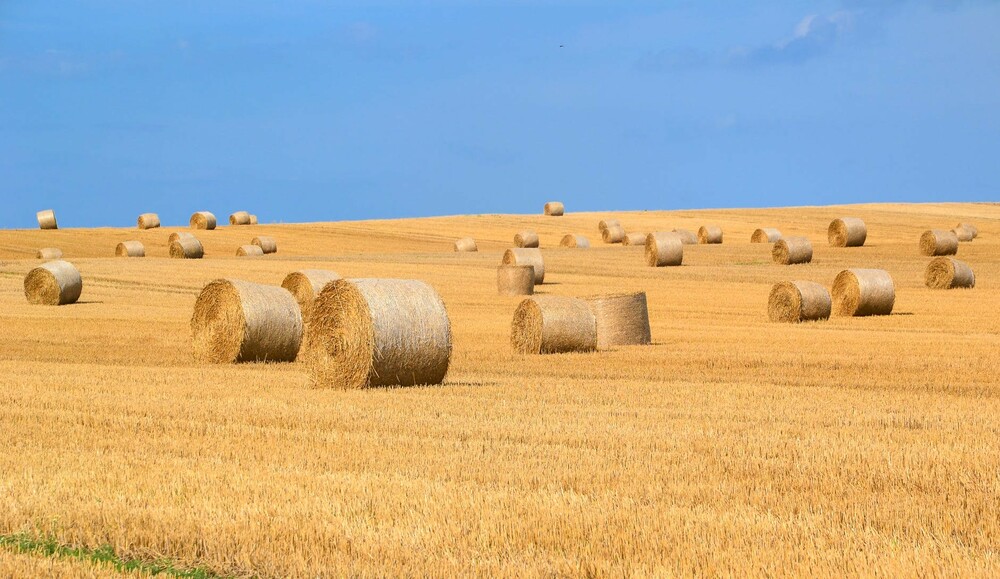The turn of the season is fast approaching, and with so many of our clients in the farming industry, we thought we would share some top tips from expert resources on how to ensure your hay cutting season in 2021 is your best yet.
1. Wait for the dew to lift prior to cutting
As we know you’ll all be aware, the best bales are cut, whether it be grass, lucerne or oaten, from the driest harvest. When you cut hay, the plant should have about 75 to 80% of water at the time of harvest. When it is cut, it continues to sweat the moisture it contains until it’s made up of approximately 40% of water. According to Agriculture Victoria, when you cut plants that have dew on them, you run the risk of capturing 1 – 2 tonnes of water trapped between the plants. This must then be dried off before the plant starts to dry out appropriately for baling. Similarly, cutting hay in rainy conditions can have the same impact. Our tip – check the Bureau of Meteorology and plan to cut according to the weather (remember to factor in baling too!)
2. Tedding your hay straight after cutting to reduce moisture.
If you’re concerned about tedding your hay ruining the quality of the feed, fear not. Tedding, which is another term for essentially spreading the hay you’ve cut with a tedder, allows the moisture an extra opportunity to escape the plant prior to baling. You don’t want your bales too green, and you don’t want them bleached either, but tedding provides a great method to ensure you can maintain the correct amount of moisture in your hay.
3. Avoid hay fires by baling with the correct amount of moisture in your hay & stacking safely
Remember that size and density play a major role when it comes to avoiding hay fires that could destroy your year’s supply and property. Optimum limits for baling hay to be stored for feed of your livestock down the track is as follows:
- Small rectangle bales – No higher than 18% moisture rate.
- Round bales – No higher than between 14 – 16% moisture rate.
- Large square bales – No higher than between 12 – 14%.
In terms of storage, the CFA outlines that your hay bales should be stored in separate stacks to allow breathability. Hay fires occur when the moisture has no room to breathe, and as a result, combusts. You should also think about storing your hay in separate sheds, away from your important assets, fire igniting sources or the possibility of flooding as a precaution.
If you’re cutting your paddocks this season and have been thinking about whether your assets that make it possible to get the job done and store the result are covered, get in touch with us! Our wealth of knowledge in farm insurance will help you to feel confident as you make hay while the sun shines! PH – (03) 5278 6808

